

Size and location
The Sunyani Municipal Assembly covers a total land area of 506.7 Km2. It is located at the heart of Brong Ahafo Region lying between Latitudes 70 20’N and 70 05’N and Longitudes 20 30’W and 2010’W. It is bordered on the north by Sunyani West District; west by Dormaa East District south by Asutifi District to the South and east by Tano North District (Figure 1.1).
Vegetation
Sunyani Municipality falls largely within the Moist – Semi Deciduous Forest Vegetation Zone. Most of the primary vegetation can be found in patches around the north-west, east and southern parts of the municipality. These include the Yaya and the Amoma forest reserves.
This vegetation zone also contains most of the valuable timber species. As indicated by the characteristics of the vegetation cover, tree crops such as cocoa and citrus can thrive well in this zone. As a result of lumbering and farming practices, most of the forest areas have been degraded. Re-afforestation is therefore being undertaken in the forest reserves to reverse the trend.
Climate
The municipality falls within the wet Semi-Equatorial Climatic Zone of Ghana. The mean monthly temperatures vary between 23°C and 33°C with the lowest around August and the highest being observed around March and April. The relative humidities are high averaging between 75 and 80 percent during the rainy seasons and 70 and 80 percent during the dry seasons of the year which is ideal for luxurious vegetative growth.
The average rainfall for Sunyani between 2000 and 2009 is 88.987cm. Sunyani experiences double maxima rainfall pattern. The main rainy season is between March and September with the minor between October to December.
This offers two farming seasons in a year which supports higher agricultural production in the municipality. However, the rainfall pattern of the municipality is decreasing over the years as a result of deforestation and depletion of water bodies resulting from human activities.
Date Created : 11/29/2017 3:24:37 AM


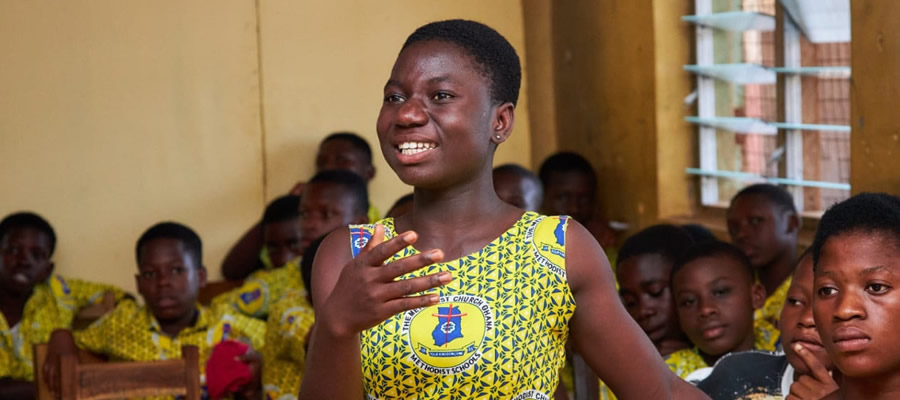
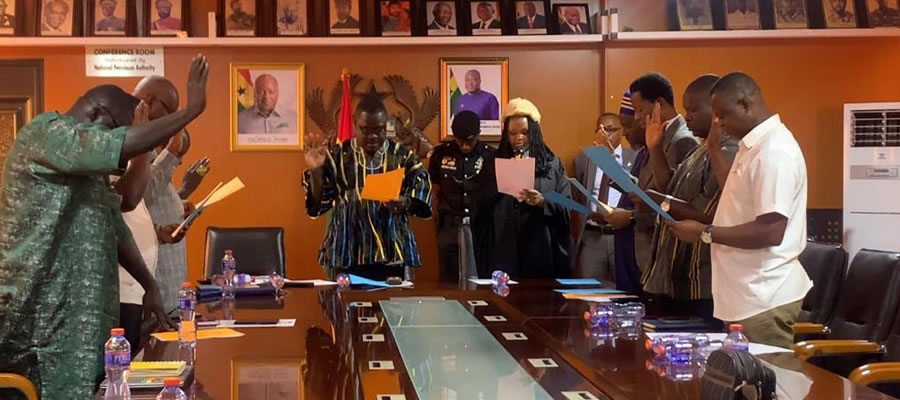
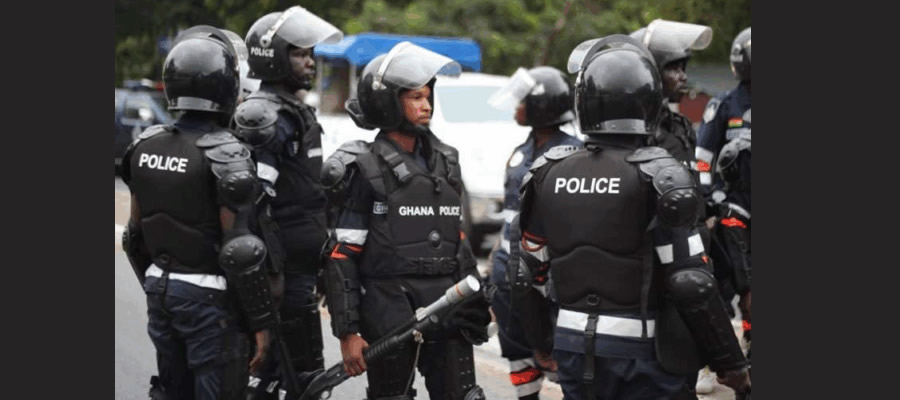
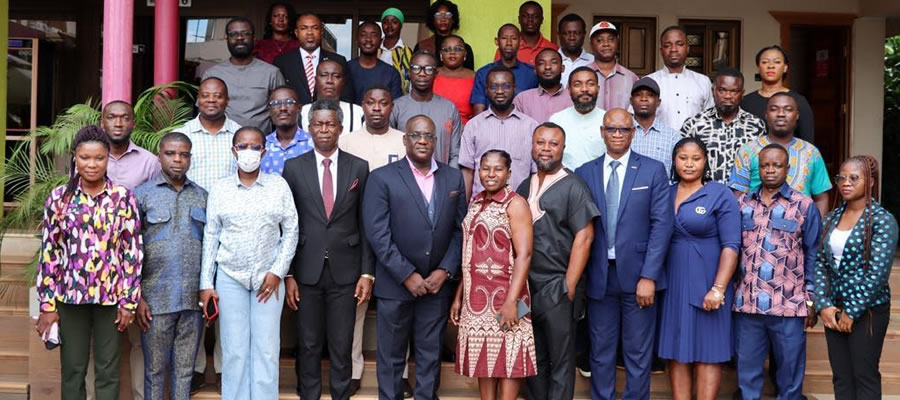
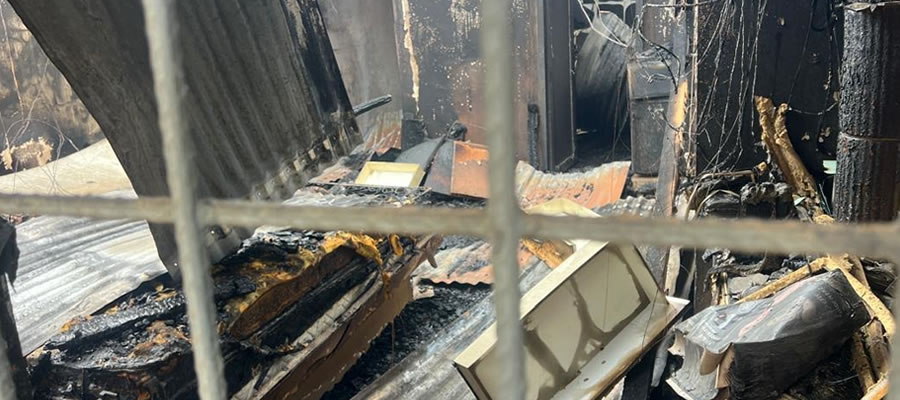

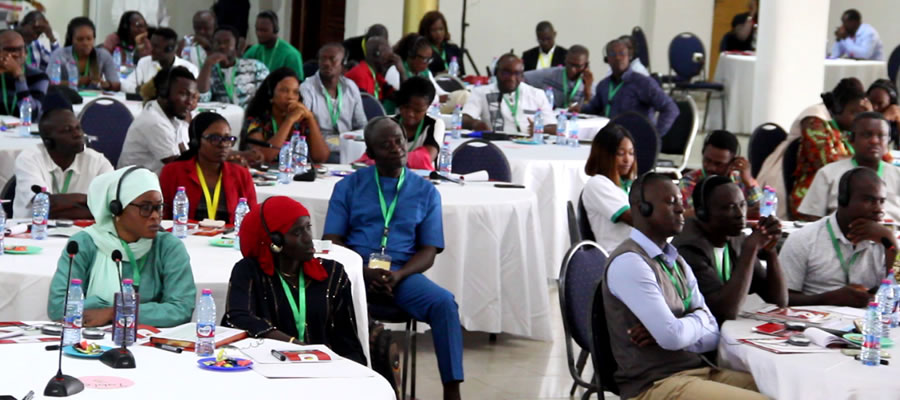



 facebook
facebook
 twitter
twitter
 Youtube
Youtube
 +233 593 831 280
+233 593 831 280 0800 430 430
0800 430 430 GPS: GE-231-4383
GPS: GE-231-4383 info@ghanadistricts.com
info@ghanadistricts.com Box GP1044, Accra, Ghana
Box GP1044, Accra, Ghana